Welcome to the bustling metropolis of Delhi, where history, culture, and airports in Delhi converge seamlessly.
Among the myriad attractions that adorn this vibrant city, its airports are vital gateways to the world. With a focus on facilitating efficient travel, Delhi boasts two prominent airports.
Firstly, Indira Gandhi International Airport, the primary aerial hub, ensures seamless connectivity to domestic and international destinations.
Secondly, the smaller yet equally important Safdarjung Airport caters to general aviation and military operations.
Moreover, these airports play a pivotal role in enhancing Delhi’s global connectivity, bolstering its status as a dynamic cultural and commercial center.
Whether you’re a seasoned traveler or a first-time visitor, exploring the airports in Delhi list unveils a gateway to unparalleled experiences and opportunities.
Indira Gandhi International Airport, New Delhi
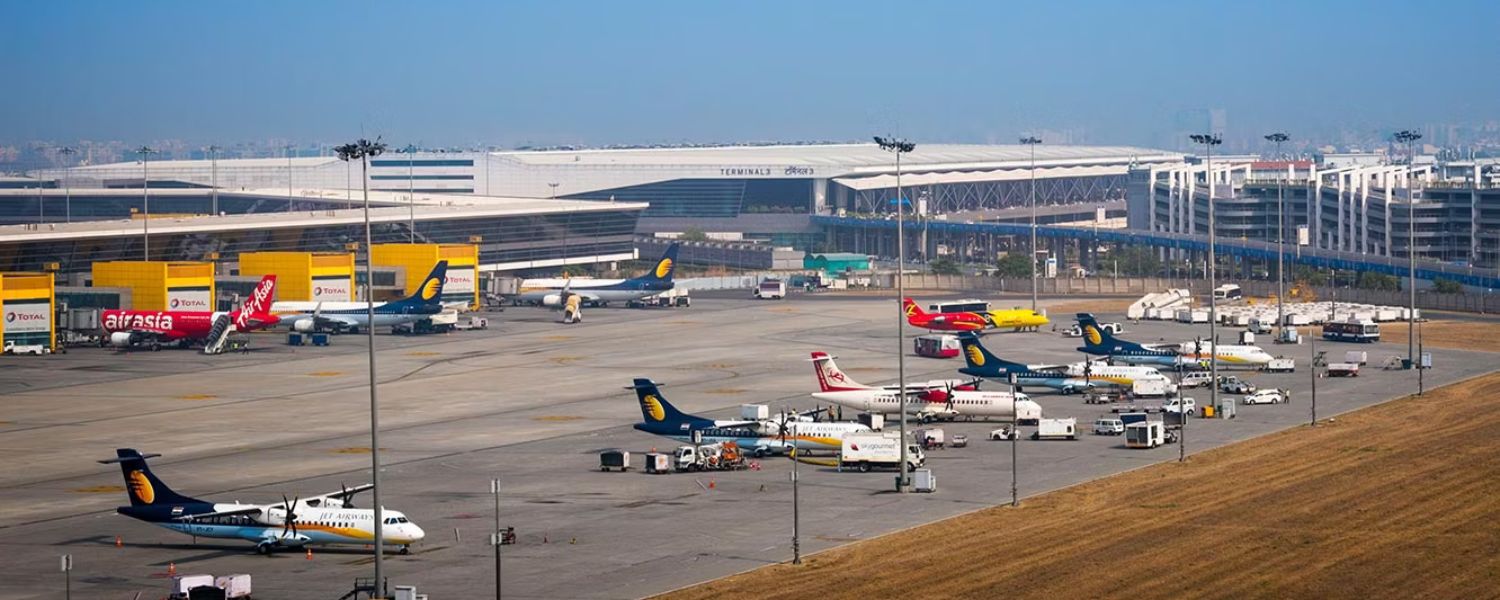
Indira Gandhi International Airports in Delhi is the epitome of connectivity in the heart of India’s capital. Since its inauguration in 1886, it has ceaselessly evolved into the bustling aviation hub it is today.
Strategically located a mere 16 km from the city center, this airport facilitates seamless travel for millions annually. It operates across three terminals, catering to various airlines, including Air India, IndiGo, and SpiceJet.
Terminal 1 efficiently manages domestic flights, while Terminal 2 caters predominantly to SpiceJet and IndiGo.
Terminal 3, the largest, accommodates both domestic and international flights. Moreover, its strategic position makes it a vital link between India and the world.
Safdarjung Airport, Satya Sadan
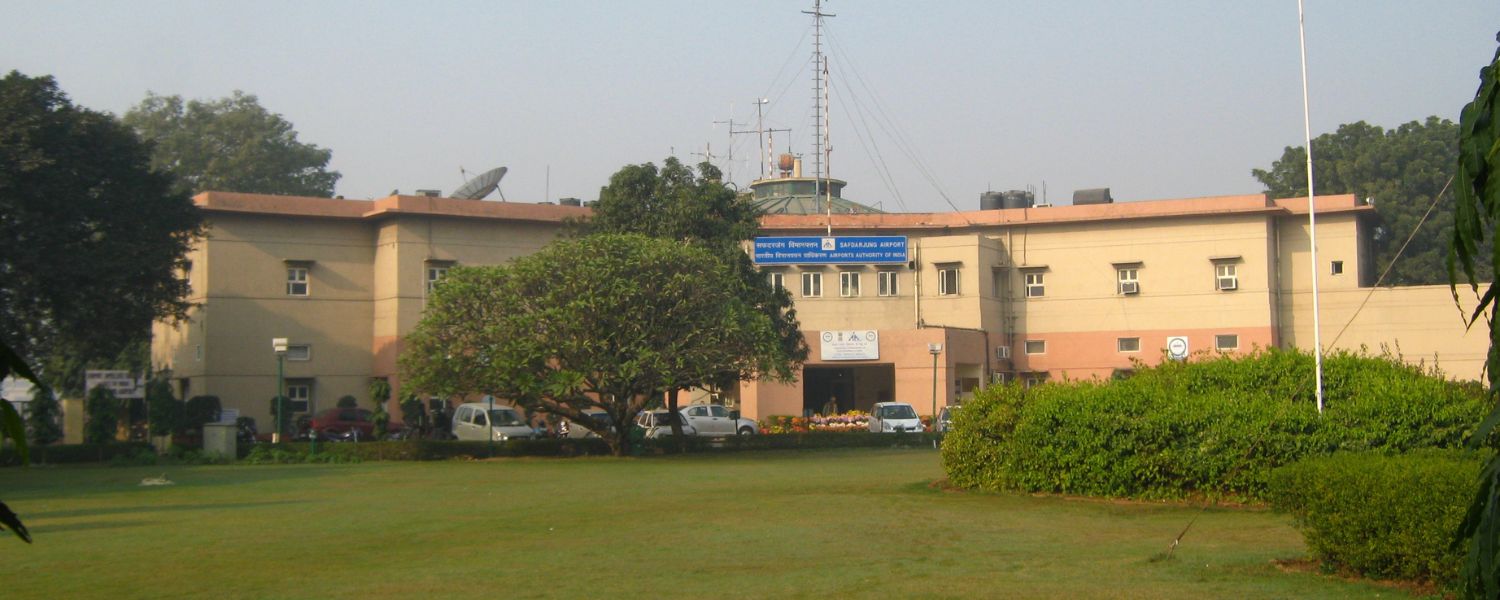
Safdarjung Airport, nestled just 3.8 km from New Delhi, boasts a rich historical legacy dating back to 1929 when it was christened Willingdon Airfield during the British Raj.
Fast forward to 2021, the Government embarked on a transformative journey, erecting operational edifices within its confines. Despite primarily catering to VVIPs, this airport is significant in Delhi’s aviation landscape.
Housing a solitary terminal efficiently manages all incoming and outgoing flights. Among its services, visitors can indulge in retail therapy at VIDD gift Shopping in Delhi or avail themselves of medical assistance.
While Safdarjung Airport offers a tranquil alternative, the bustling Indira Gandhi International Airport sees over 950 daily flights.
For a seamless aerial escapade from Delhi, meticulous planning encompassing flight details and terminal logistics is imperative.
What is Delhi famous for?
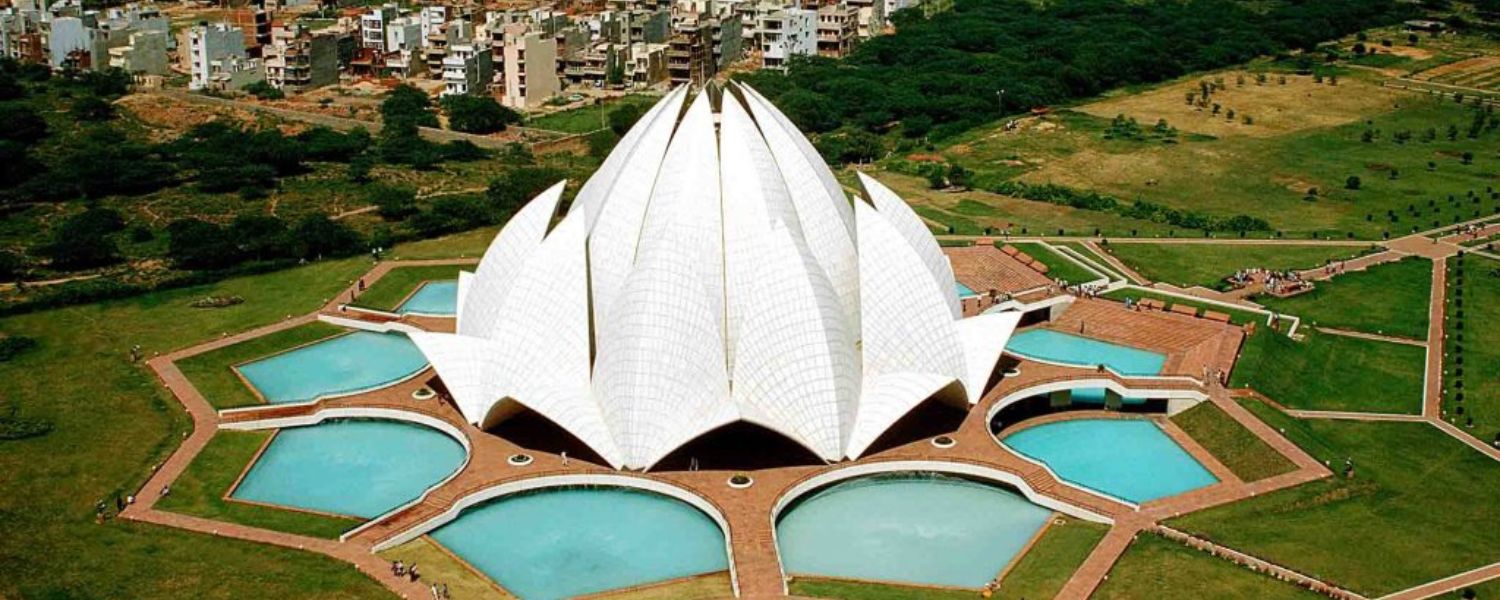
Delhi, a city steeped in centuries of heritage, is renowned for its modern infrastructure, including its world-class airports.
Among them, the Indira Gandhi International Airport stands as a beacon of connectivity, serving as one of the busiest airports in the world. Besides, Delhi is home to the domestic hub, the Delhi Airport, facilitating seamless travel across the country.
Furthermore, with state-of-the-art facilities and efficient services, these airports ensure a smooth transition for arriving or departing travelers.
Moreover, the upcoming Jewar Airport promises to augment Delhi’s aviation network further, catering to the growing demands of air travel in the region.
In addition to its historical splendor, Delhi’s airports represent its commitment to progress and global connectivity.
Places to visit in Delhi
A. India Gate
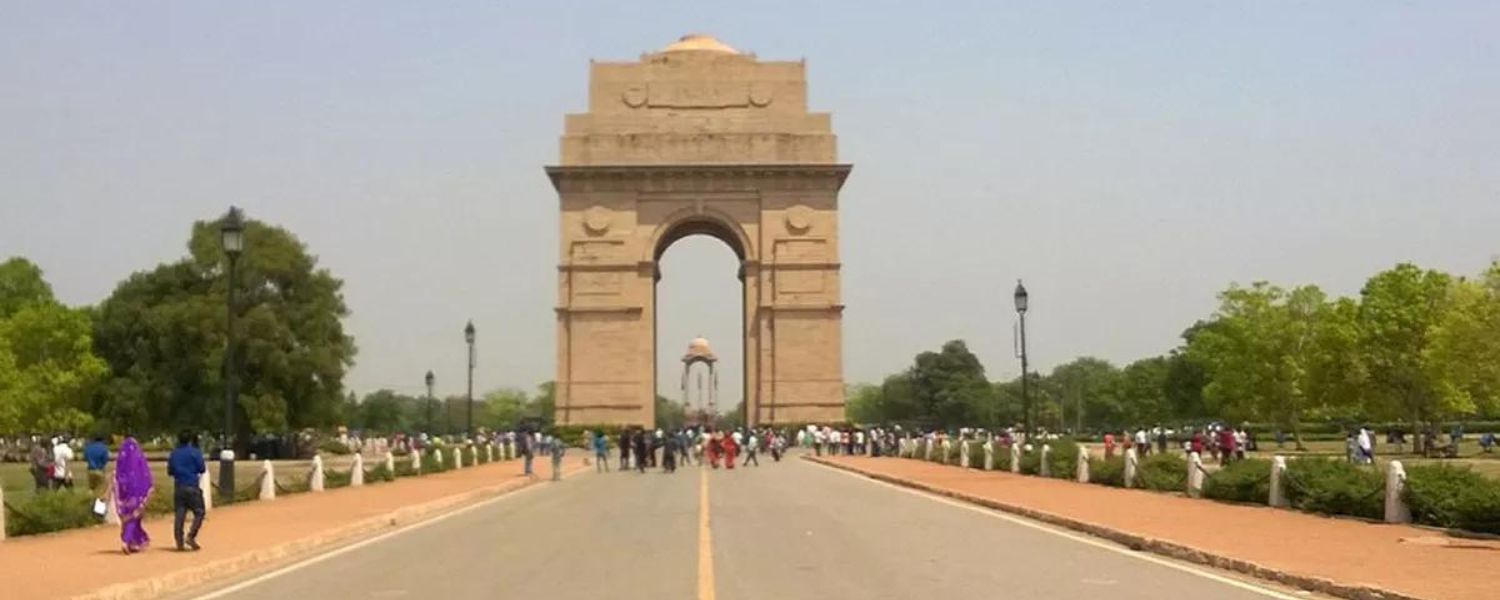
A timeless national pride symbol, India Gate is a majestic war memorial honoring soldiers who sacrificed their lives in World War I.
Surrounded by sprawling lawns, this iconic monument is an architectural marvel, evoking a sense of patriotism and reverence for the country’s rich history.
And, as the sun sets, the monument is bathed in a golden glow, offering a serene ambiance for reflection.
B. Qutub Minar
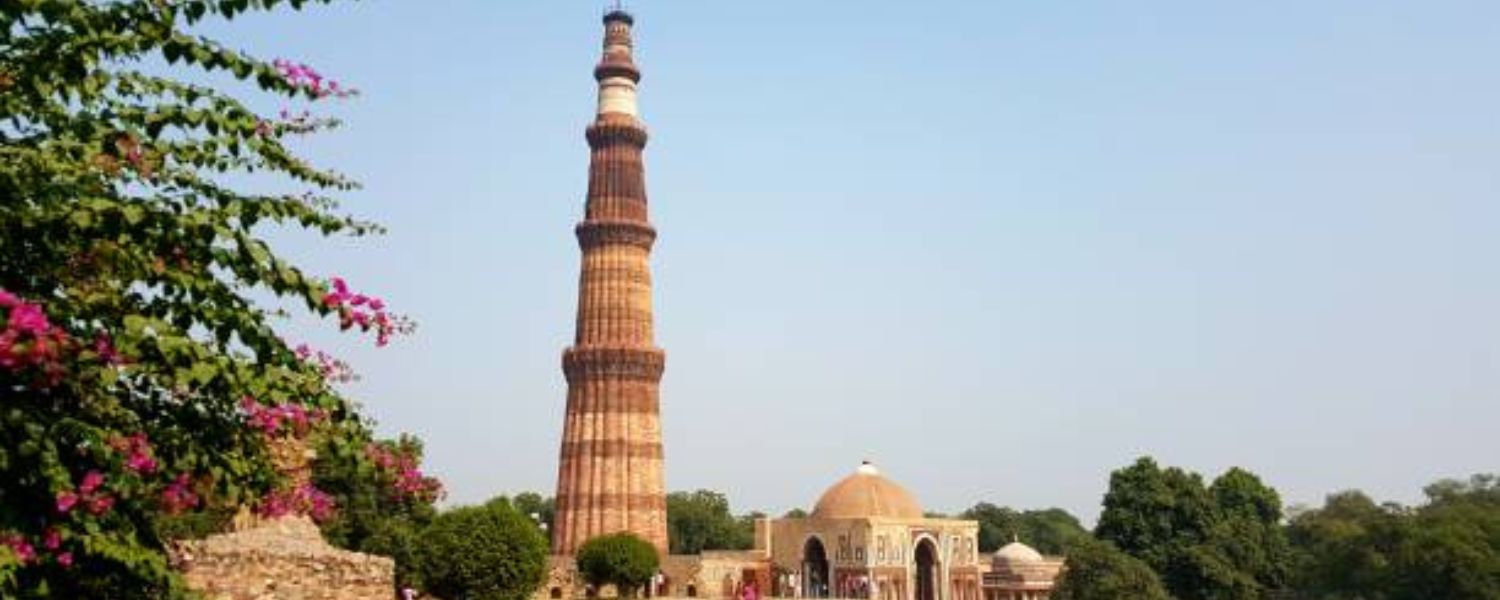
Venture into the heart of Delhi’s history with a visit to the Qutub Minar, a UNESCO World Heritage Site.
This towering example of Indo-Islamic architecture, completed in 1220, reaches a height of 73 meters and boasts carvings and verses from the Quran.
Besides its historical significance, the Qutub Minar offers amazing views of the surrounding landscape, making it a photographer’s paradise.
C. Red Fort
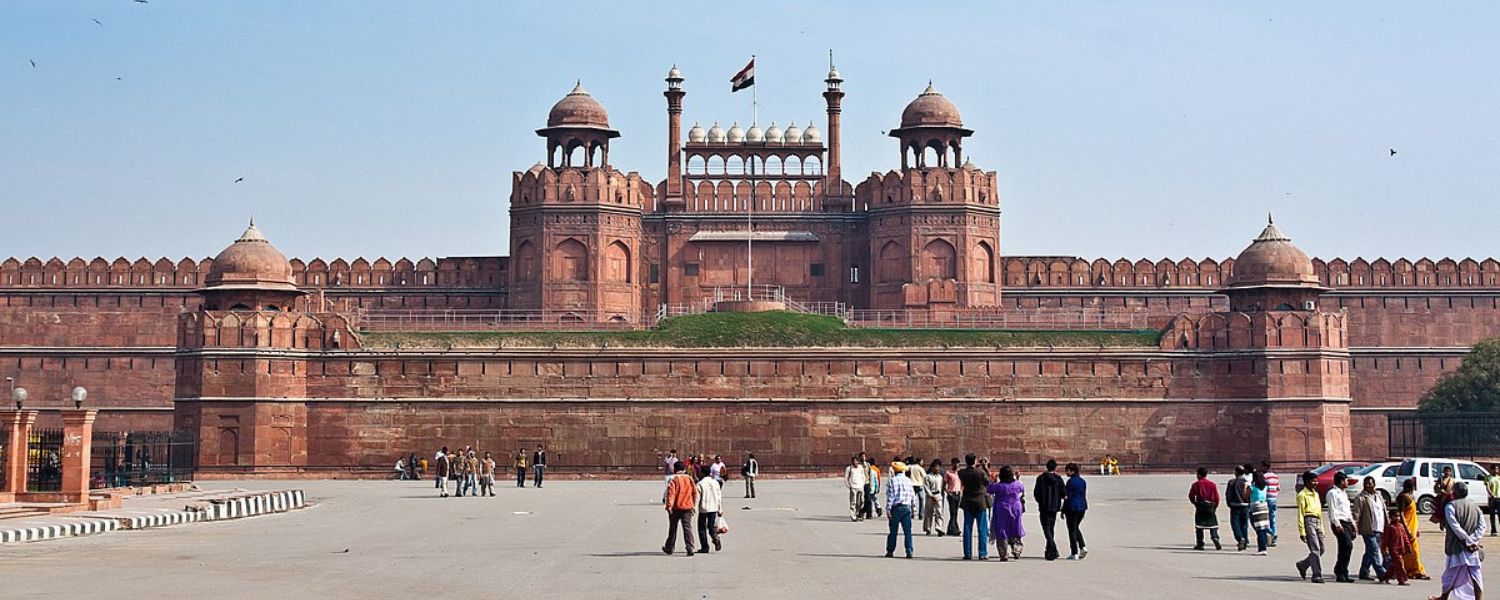
Step back in time and immerse yourself in the grandeur of the Mughal era at the Red Fort. However, this UNESCO World Heritage Site, constructed in the 17th century by Emperor Shah Jahan, showcases Mughal architecture at its finest.
Its red sandstone walls house stunning palaces and courtyards, echoing tales of Mughal grandeur and serving as a poignant reminder of the nation’s heritage.
D. Humayun’s Tomb
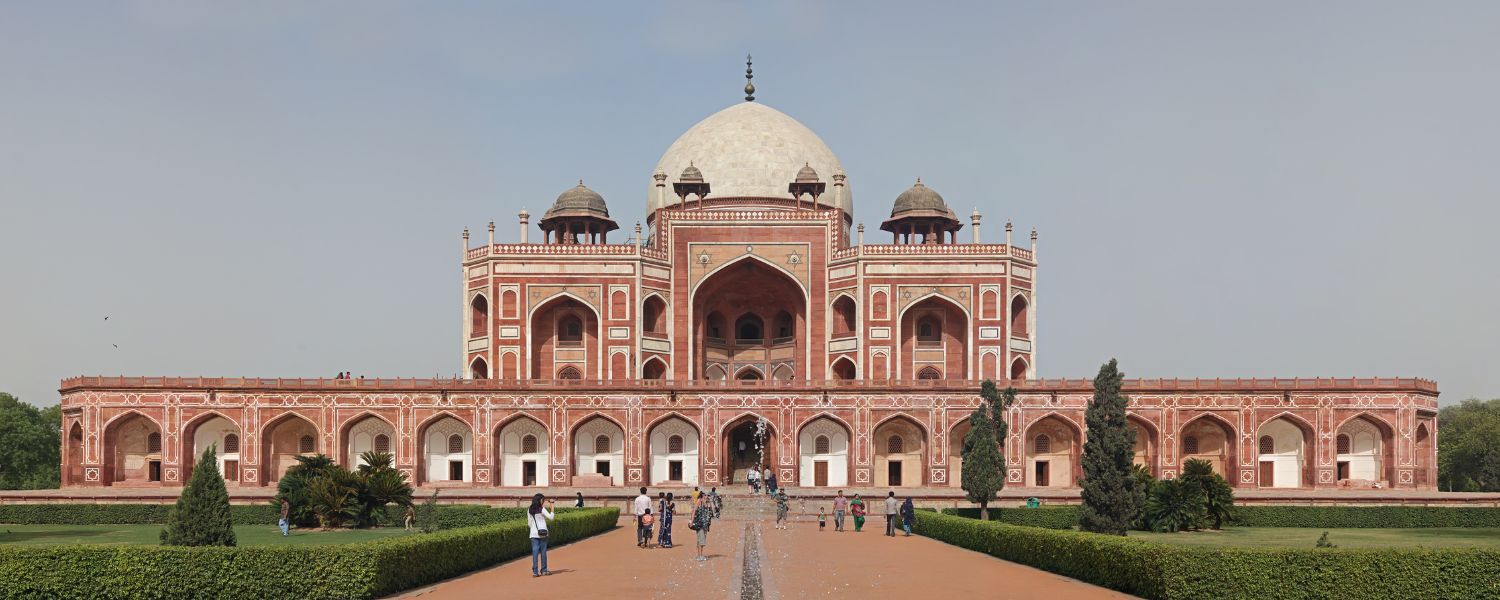
Explore the tranquil beauty of Humayun’s Tomb, a UNESCO site renowned for its Persian-inspired Mughal architecture.
Built in the mid-16th century, this garden tomb is the last resting place of Emperor Humayun and is surrounded by pristine gardens that transport visitors to another era.
Moreover, its elegant design was a precursor to the iconic Taj Mahal, making it an architectural masterpiece worth discovering.
E. Jama Masjid

Marvel at the architectural splendor of India’s largest mosque, Jama Masjid, which offers panoramic views of Old Delhi.
Built during the Mughal era and completed in 1656, this place of worship boasts intricate marble and red sandstone details, a vast courtyard, and three imposing gateways.
Furthermore, the mosque’s towering minarets glimpse Delhi’s rich Culture of Delhi.
F. National Gallery of Modern Art

Dive into India’s vibrant artistic landscape at the National Gallery of Modern Art (NGMA) in Delhi. Established in 1954.
This cultural haven showcases a vast collection of contemporary Indian art, including paintings, sculptures, and installations by prominent artists.
With its striking architecture and curated exhibits, NGMA offers a captivating journey through India’s artistic evolution and evolution of airports in Delhi.
G. Connaught Place
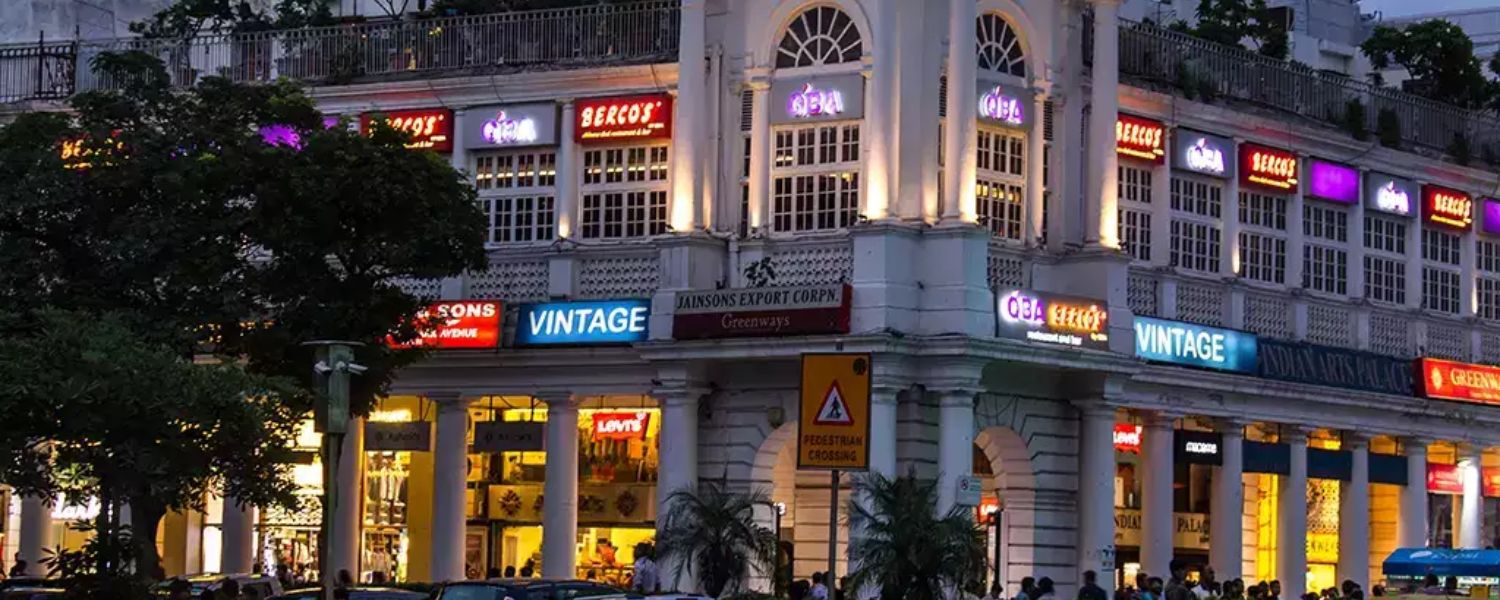
Experience the pulse of Delhi at Connaught Place, a bustling commercial hub in New Delhi’s heart. Designed in a circular pattern and adorned with colonial-era architecture, Connaught Place exudes a timeless charm.
Visitors can explore its labyrinth of shops, dine at trendy restaurants, or soak in the atmosphere while admiring its iconic white facade.
Conclusion
In conclusion, exploring the airports in Delhi India, unveils a gateway to unparalleled experiences and opportunities.
However, the bustling metropolis of Delhi, where history, culture, and commerce converge seamlessly. Indira Gandhi International Airport, the primary aerial hub, ensures seamless connectivity to domestic and international places.
Meanwhile, though smaller, Safdarjung Airport holds pivotal significance in Delhi’s aviation landscape, catering to general aviation and military operations.
Besides, Delhi’s commitment to progress and global connectivity is evident through its state-of-the-art airport infrastructure. Moreover, with the upcoming Jewar Airport, the city’s aviation network is poised for further augmentation.
So, whether you’re a seasoned traveler or a first-time visitor, Delhi’s airports promise a seamless journey, reflecting the city’s ethos of blending tradition with modernity.
FAQ
Q: Is T1 and T3 Delhi airports the same?
A: Terminal 1 and Terminal 2 are primarily for domestic flights, while Terminal 3 serves both international and domestic operations. Unwind in one of the lounges at Delhi Airport while you wait.
Q: Which are the domestic airports in Delhi?
A: Terminal 1, formerly Palam Terminal, handles all domestic flights. Indira Gandhi International Airport (IATA: DEL, ICAO: VIDP) is the primary airport for Delhi and the NCR region.
Q: Which is the famous airport in Delhi?
A: Indira Gandhi International Airport (IATA: DEL, ICAO: VIDP) is the primary international airport for Delhi and the NCR region.
Q: What is the old name of Delhi Airport?
A: Previously known as Palam Airport, it evolved into Indira Gandhi International Airport in 1962 due to increased traffic demands.










